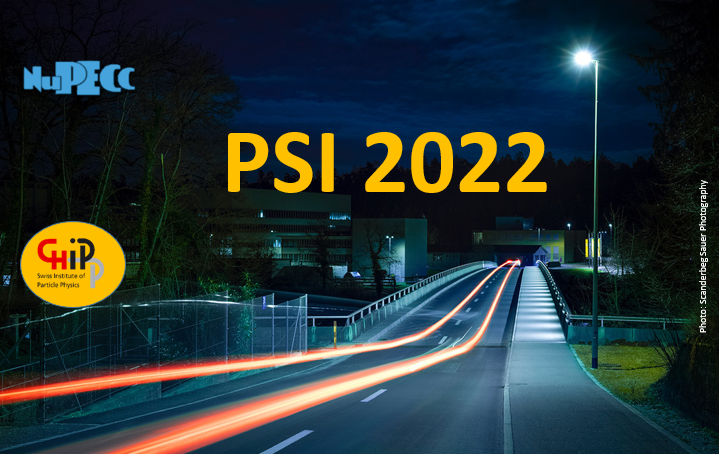Speaker
Description
he Nuclear and Particle Physics (NPP) group of the Institut Laue Langevin (ILL) is operating five public instruments providing an international user community competitive and often unique experimental conditions. We operate the PF1B cold neutron facility – the neutron beam with the worldwide highest flux of cold neutrons, including polarization capability and a large, background free experimental zone. Further, the PF2 ultra-cold neutron source provides four Ultra- (UCN) and one Very (VCN) Cold Neutron beam to users. This source optimized for high flux is complemented by SuperSUN and SUN2, two UCN sources based on superfluid Helium and aiming to deliver a maximum density of UCNs. The group is also operating two nuclear physics instruments: LOHENGRIN - a fission fragment separator with ultra-high mass and energy resolution, FIPPS - a Germanium detector array providing today a worldwide unique gamma ray spectroscopy setup around a slow-neutron pencil beam. Additionally to these permanent NPP neutron instruments, the ILL is contributing to neutrino physics. The STEREO campaign – searching for a short baseline neutrino oscillation has just been finished. RICOCHET – a new experiment looking at coherent neutrino scattering is under construction.
Following a short presentation of the instruments and their most recent upgrades, the talk is giving an overview on selected experiments and technical developments. I will touch recent activities searching for mirror neutrons using PF2, PF1B and STEREO, results from neutron decay experiments at PF1B and PF2, recent measurements of the qBounce collaboration at PF2 using neutron quantum states in the earth gravitational field. On the technical side, I will report on the status of the SuperSUN UCN source hosting the PanEDM experiment, recent progress in optics for cold and ultra-cold neutrons and the first feasibility demonstration of a split-crystal interferometer at a thermal neutron beam.

